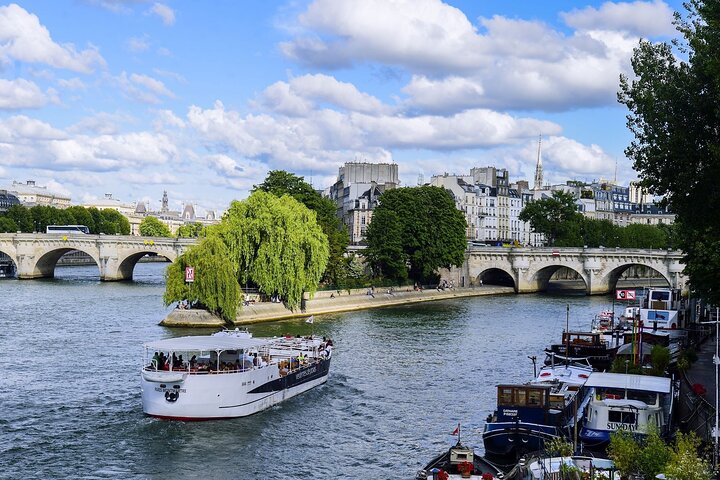Unveiling Haussmann’s Paris: A Journey Through Time and Transformation
In the heart of Paris, I embarked on a journey through time, exploring the radical transformation of the city under Napoleon III. Guided by the insightful Boris, this tour was a tapestry of history, art, and architecture, revealing the soul of a city that has always been at the forefront of innovation.
A Stroll Through Time: Haussmann’s Paris Unveiled
Paris, a city that has always been synonymous with elegance and grandeur, holds within its streets a tapestry of history that is as intricate as the finest haute couture. On a crisp spring morning, I embarked on a journey through the heart of this magnificent city, guided by the insightful Boris, whose reputation as a storyteller precedes him. This was not just any tour; it was an exploration of the radical transformation that Paris underwent during the reign of Napoleon III, a metamorphosis that would forever change the face of the city.
Our journey began at the illustrious Place Vendome, a square that epitomizes the architectural vision of the Haussmannian era. As we stood amidst the grandeur of this royal square, Boris painted a vivid picture of a Paris that once was—a medieval town on the brink of modernity. His narrative was a seamless blend of social, historical, and artistic insights, each thread woven together to create a rich tapestry of understanding. It was here that I began to appreciate the audacity of Haussmann’s vision, a vision that would see over 70% of the city transformed into the Paris we know today.
The Heartbeat of a New Era
As we meandered through the bustling streets, the Palais Garnier loomed ahead, its opulent façade a testament to the new center of Parisian life. Boris’s storytelling prowess shone as he recounted the shift from the old heart of Paris, the Notre Dame, to this new epicenter of culture and society. Though we did not enter the opera house, its exterior alone was enough to convey the grandeur and ambition of the era.
Our next stop was the Societe Generale, a bank that defies the mundane with its cathedral-like presence. Here, Boris’s narrative took on a philosophical tone, exploring the transformation of everyday experiences into something almost spiritual. It was a theme that resonated deeply with me, as I often find parallels between fashion and architecture—both are art forms that shape our perception of the world.
A Symphony of Opulence
The tour culminated in a visit to the Galeries Lafayette and Printemps, two department stores that elevate shopping to an art form. These were not mere retail spaces; they were cathedrals of consumerism, where the act of shopping became a celebration of beauty and luxury. As I wandered through these opulent halls, I couldn’t help but draw comparisons to the world of fashion, where every garment tells a story and every collection is a reflection of the times.
Our final stop was the Saint-Augustin Church, a symbol of the alliance between the church and industrial forces. It was here that Boris concluded his narrative, leaving us with a profound understanding of the political and social dynamics that shaped this era of transformation. As I stood in the shadow of this architectural marvel, I felt a deep connection to the city and its history, a connection that would linger long after the tour had ended.
This tour was more than just a walk through the streets of Paris; it was a journey through time, a glimpse into the soul of a city that has always been at the forefront of art, culture, and innovation. For anyone with a love for history, architecture, or simply the beauty of Paris, this experience is an absolute must. Explore Haussmann’s Paris

















































